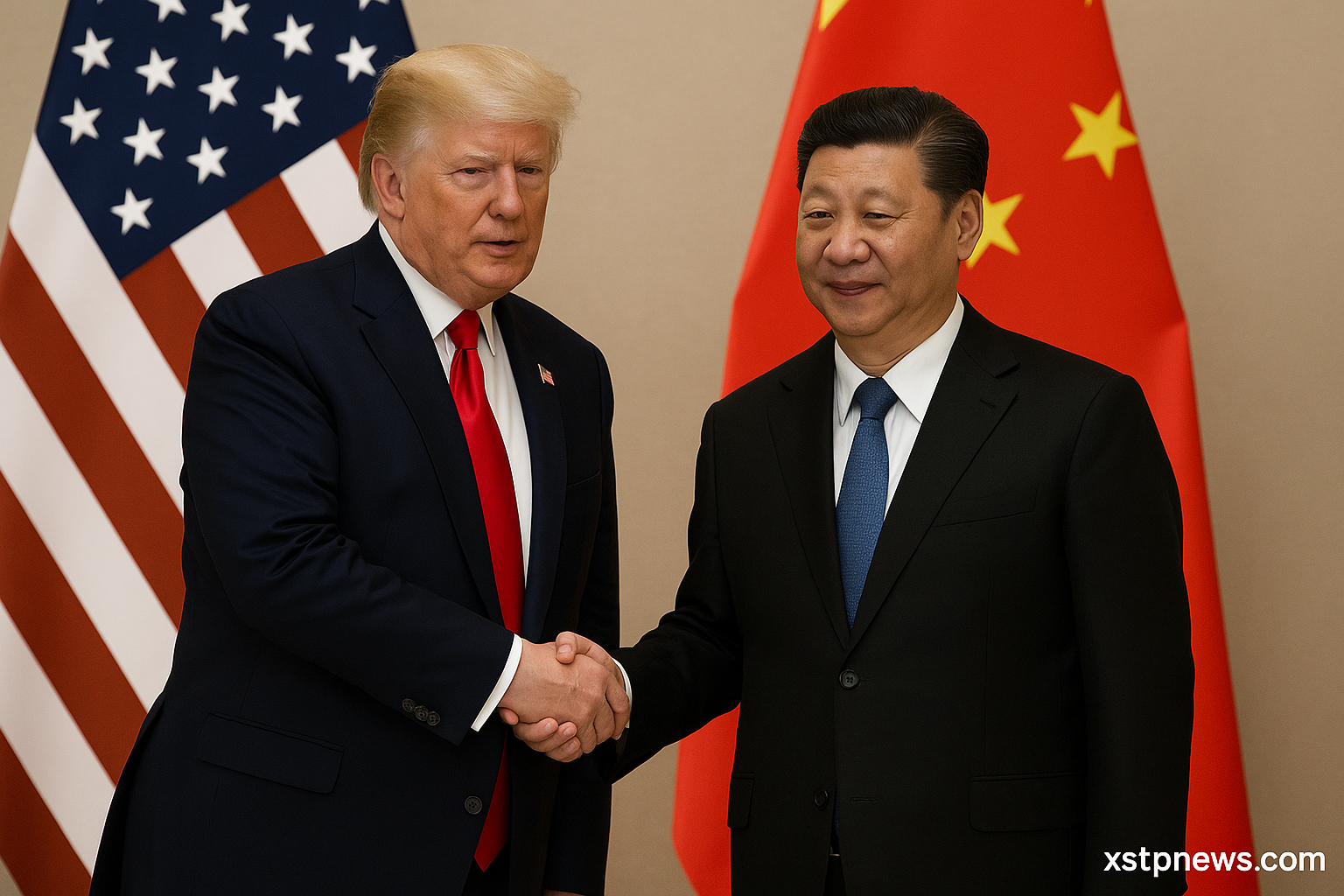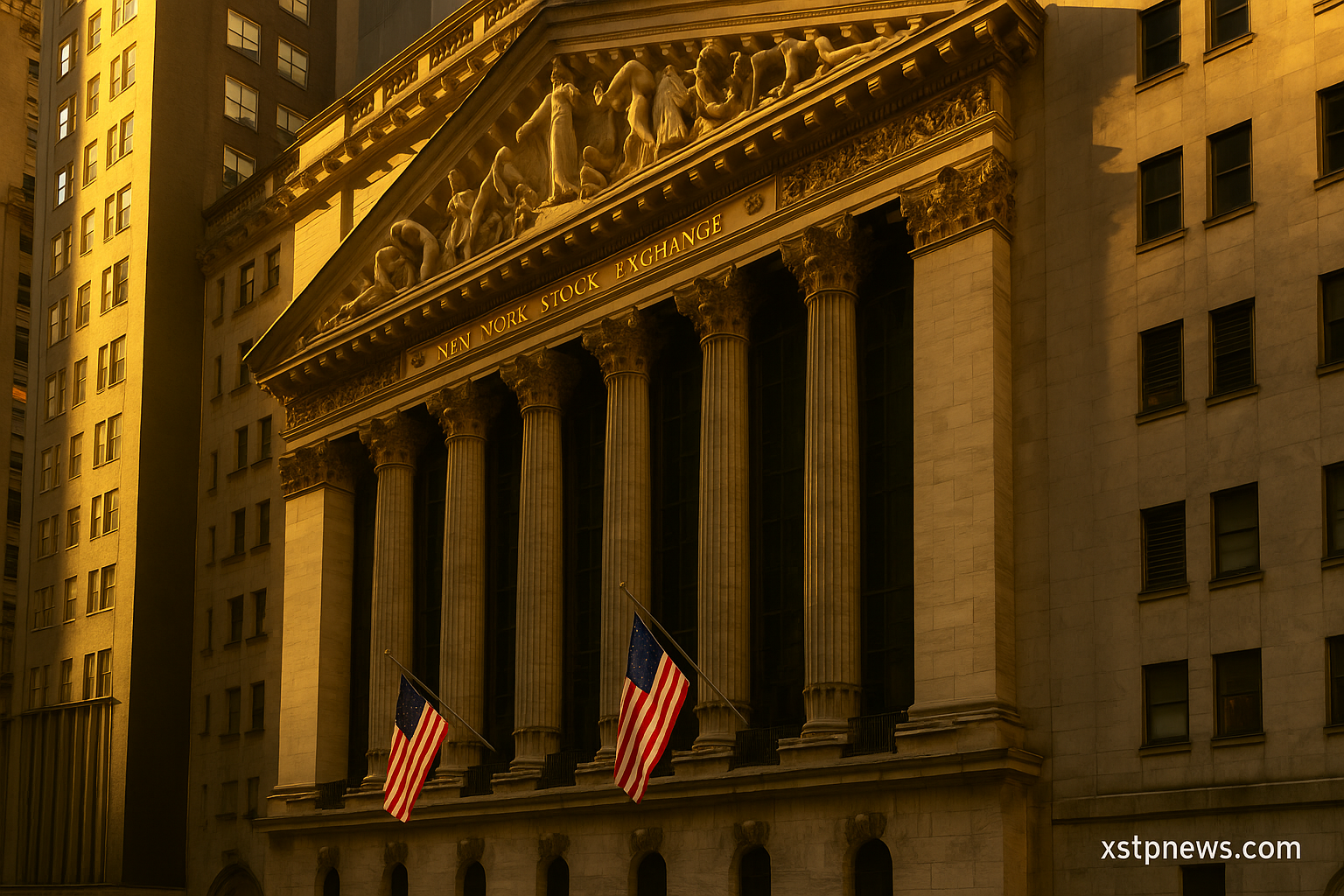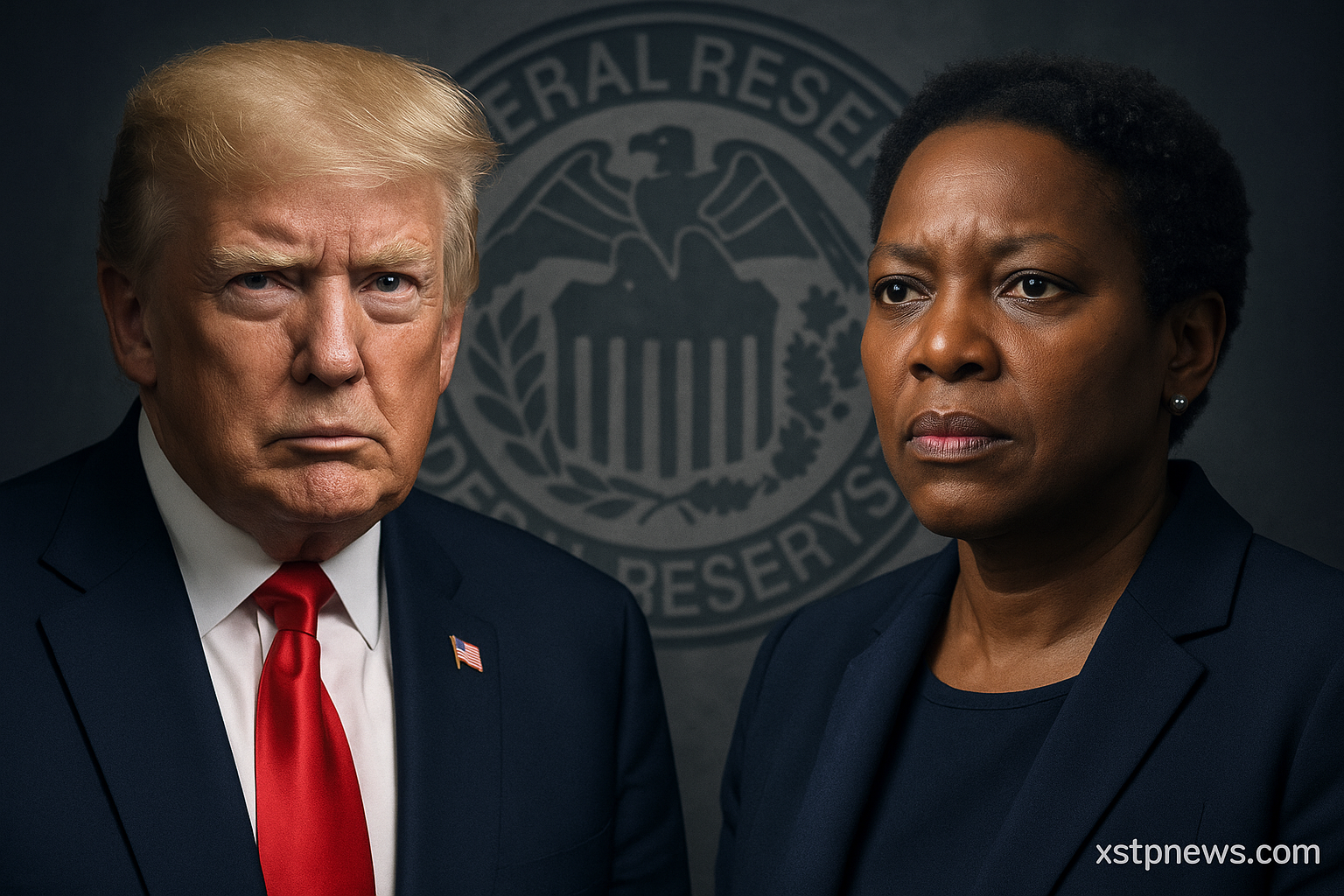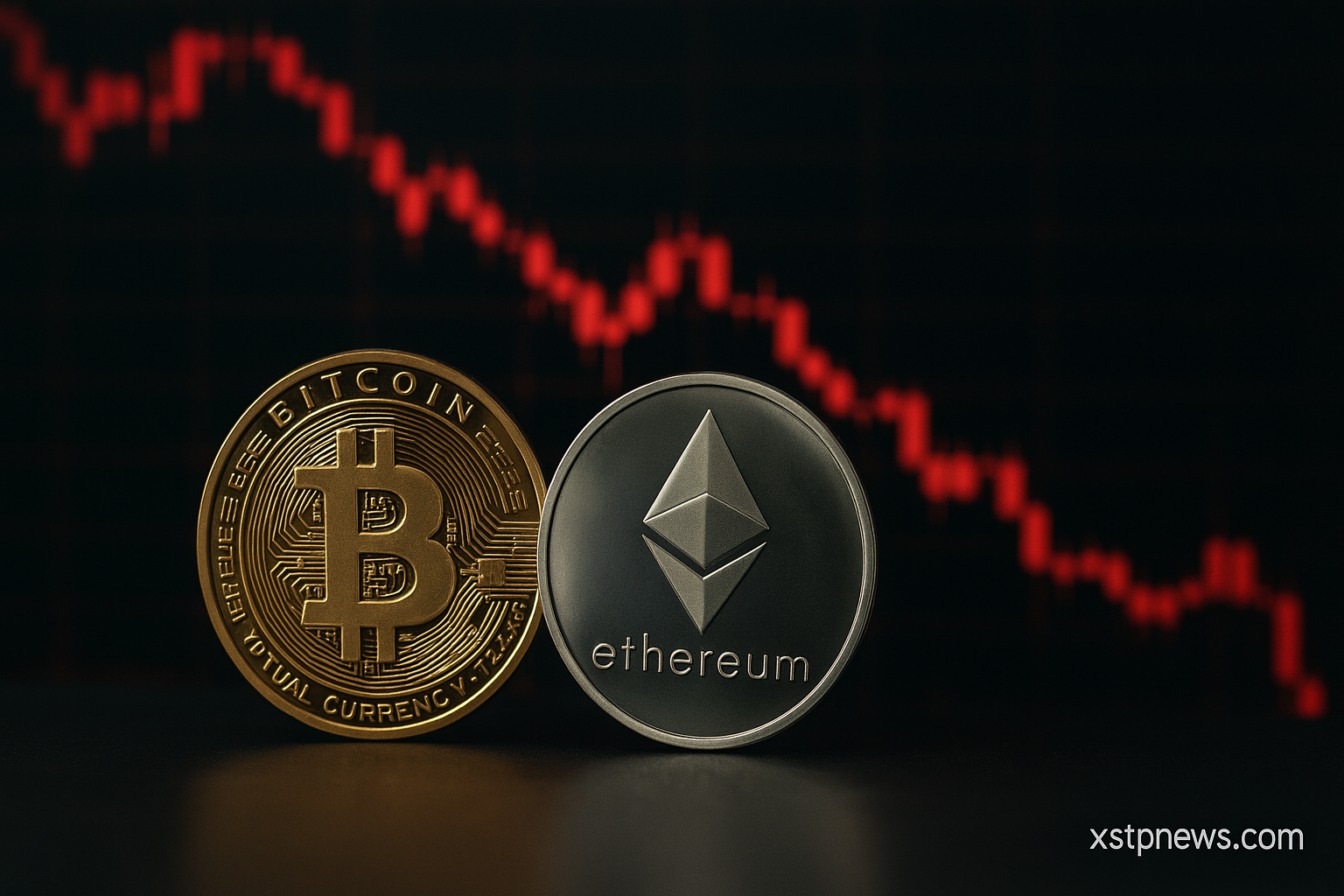U.S. President Donald Trump has signed an executive order extending the deadline for higher tariffs on Chinese goods by 90 days, postponing a planned tariff hike that was set to take effect on August 12. The decision maintains current tariff levels, including the 30% rates introduced earlier in 2025, and gives negotiators additional time to work toward a broader trade agreement.
Avoiding immediate escalation
The extension averts a sharp increase in duties that could have pushed U.S. tariffs on certain Chinese imports up to 145%, with China prepared to respond with retaliatory measures as high as 125%. By delaying the escalation, both sides have created a new window for high-level talks aimed at reducing tensions in the long-running trade dispute.
Diplomatic window
According to White House officials, the decision is intended to provide “space for meaningful progress” in negotiations. Trump has indicated he may meet Chinese President Xi Jinping in the fall, with recent rounds of discussions already taking place in Stockholm and Geneva.
Market reaction
Financial markets welcomed the news, with investors viewing the delay as a sign of potential compromise. The move temporarily eases pressure on businesses and consumers who would have faced higher costs, but analysts warn the underlying disagreements remain unresolved, keeping uncertainty high.
The next 90 days will be critical in determining whether this truce can lead to a lasting agreement—or simply delay another round of tariff escalations.
Source: Reuters, The Guardian, MarketWatch







